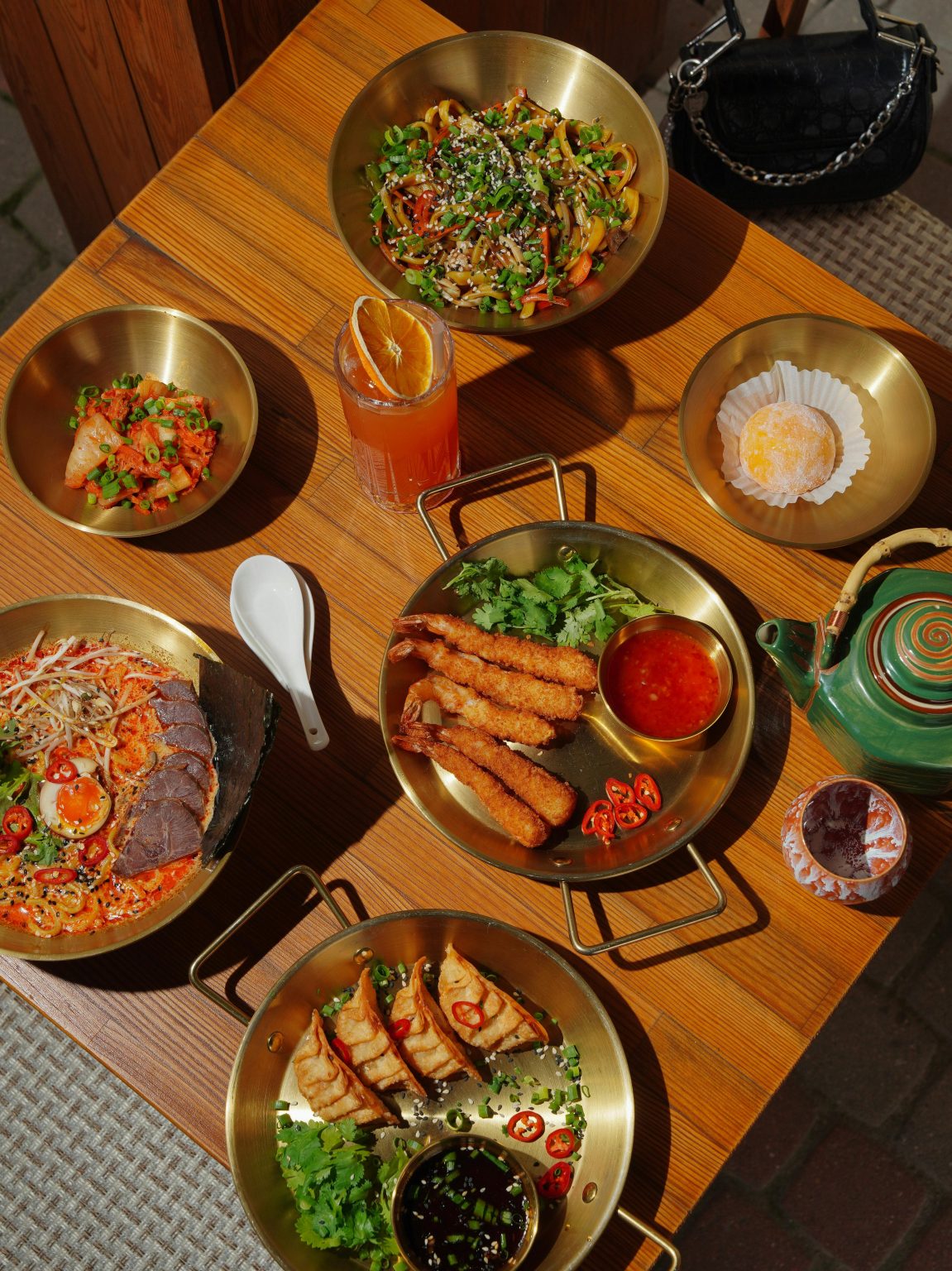Mix and Match: Creating a Pan-Asian Party Menu That Brings Everyone to the Table
In kitchens across Asia, diversity isn’t just welcome — it’s expected. It’s built into the geography, the history, the daily rhythm of eating. A broth here is flavored with dried seafood; the same bowl elsewhere is based on roots, seeds, and smoke. What keeps it all together is the spirit of contrast — heat alongside coolness, texture alongside tenderness, subtlety alongside shock. The same contrast ethos is wonderful when you’re planning an event. A Pan-Asian menu does not have to choose one way. It unites them all, something earthy and expansive at the same time.
The Joy of the Spread
At the heart of a great dinner party is this: choice. Not meat versus veggie, but a nice sensory experience. A little of something. A whole lot of something else. Something fried, something soupy, something slippery with noodles and something crackling off the grill.
That is where Pan-Asian menus shine. They don’t ask guests to adjust. They spread the table, welcoming room for the sweetness of funk of Thai green curry, the richness of comfort of Korean short ribs, the crunchy bite of Vietnamese spring rolls, and the cool, fresh slice of sashimi — all in one plate. It’s not fusion for the sake of fusion. It’s about celebrating contrast without chaos.
Think of it as creating a playlist. You need tempo changes. A spicy, rich dish needs you to serve with it that is soothing beside it. A heavy, syrup-bathed skewer craves a pungent, herbal salad to cleanse the palate. This balance is what makes the mix-and-match method so exciting — and not just for your guests, but for you too.
Where to Begin? Start with Hands-On Favorites
Finger food and snack plates are your best friend. They’re low-key, they’re social, and they break the ice immediately.
● Bao buns: Soft and squishy and endlessly versatile. Fill them with crispy tofu, pulled duck, or slow-cooked pork belly. Top with pickled veg and voilà — party food heaven.
● Gyoza or dumplings: Pan-fried, steamed, or deep-fried to crispy golden crescents, they are a crowd favourite. Quick soy-vinegar dip and a sprinkle of fresh chili, and that’s it.
● Satay skewers: Coconut-peanut sauce-coated flame-grilled — no need for much introduction for this one. Chicken, prawn, mushroom, or tempeh is fine.
Keep these openers going. They stoke the heat and give people something to work with their hands as they sip yuzu spritz or lychee-infused highballs.
Mixing Bases and Mains: Noodle, Rice, and Broth
Now it’s your turn to place down the comforting, filling fare. Noodles, rice, and soups not only fill the plate but anchor it.
● Pad Thai or soy noodles: Slightly sweet, countered by lime and crushed peanuts. Ideal for picky eaters and adventurous tongues both.
● Fried rice with pizzazz: Add some kimchi, or go old school with egg, garlic and scallion. No need to get fancy — just loaded with heat and texture.
● Hot pot: This is a whole vibe. A centrepiece bubbling away, with guests dunking in thin-sliced beef, fish balls, napa cabbage, and mushrooms. It’s dinner and entertainment rolled into one.
If you’re going bigger with main dishes — say, lemongrass grilled chicken or teriyaki salmon — keep your sides clean and minimal. Let the stars shine.
And if you’re planning for an entire house, look at restaurant group bookings — many Pan-Asian restaurants have set menus that are designed purely with this sort of communal feast in mind, often with the option of modifying dishes on the basis of spice, dietary needs, or even beverage matches.
Don’t Slumber on Vegetables and Pickles
You can overdo the meat, but many Asian cuisines are great at making vegetables the center of the show.
● Lightning-quick stir-fried greens with garlic and sesame oil are deeply rewarding.
● Papaya salad brings crunch, glitz, and spiciness.
● Pickles — daikon, cucumber, carrot, mustard greens — cut through richness and leave everything feeling light.
Scatter these around the table like punctuation marks. They bring energy to the menu.
Sweet Things Without a Sugar Crash
Dessert is the toughest to do. Not that it is hard, necessarily, but because you don’t want to send everyone into a post-dinner slump. Make it little, light, and maybe even weird (but in a nice way).
● Mango sticky rice with a salty coconut drizzle.
● Black sesame ice cream — nutty, creamy, surprising.
● Tofu pudding with syrupy ginger — soft, unobtrusive, quietly brilliant.
Or DIY: set out mochi, fruit, matcha powder and have guests assemble their own “final bite.”
Why It Works
A Pan-Asian menu is not about show or about creating a gimmick. It’s about generosity. There’s something almost cinematic about watching people lean across the table for another spoonful of something else. Chopsticks clinking, someone inquiring about what is in the sauce, someone pouring tea. It’s dinner as social activity and not a solo performance.
And when you build the menu with intention — taking texture, temperature, flavour profile and pace into account — you’re not just nourishing humans. You’re giving them a night to remember.
The Takeaway? Plan Less, Share More
You don’t need to cover the whole map. Pick a few dishes that play well together, prep in advance, and keep the vibes loose. Whether you’re hosting at home or booking a big table at your go-to spot, a shared Asian feast always brings the room to life.
So what’s your game? Hot pot with the gang? Bao bar birthday? A cozy five-dish setup at your go-to place in town?

